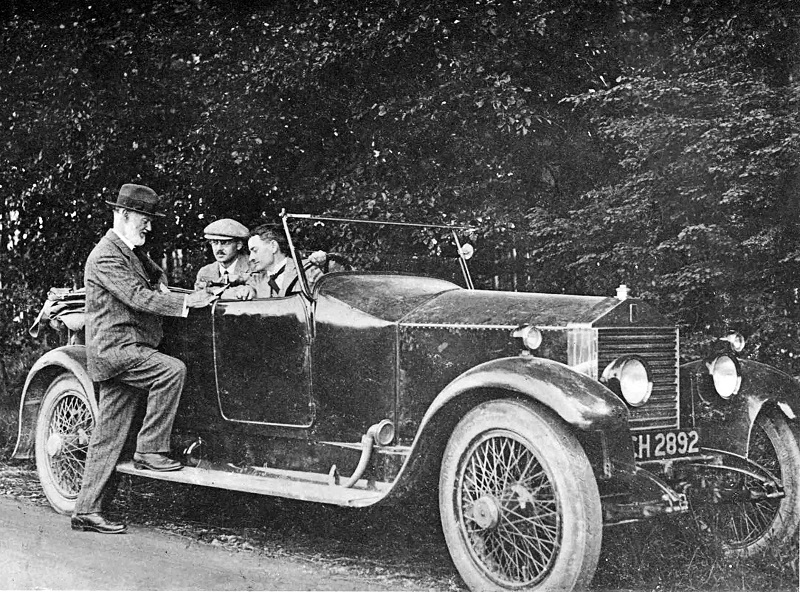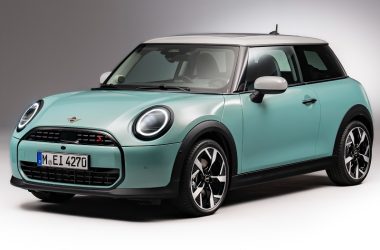In our third installment of the ‘Models of the Marque’ series, we celebrate the Rolls-Royce 20 H.P., affectionately known as the ‘Twenty’. Introduced in 1922, this landmark vehicle was the first Rolls-Royce designed specifically for owner-driven motoring, marking a significant shift in the brand’s history.
The Birth of a Revolutionary Car
The Rolls-Royce 20 H.P., launched on October 6, 1922, by Henry Royce, was a transformative model. As the first Rolls-Royce intended for owners to drive themselves, the ‘Twenty’ reflected the changing post-World War I world, where luxury and practicality had to coexist. This model’s advanced technology and design set a new standard and influenced subsequent Rolls-Royce vehicles, including those produced at Goodwood today.

Anticipating Change
Henry Royce foresaw the post-war world’s challenges and adapted accordingly. He recognized that many customers might no longer afford a chauffeur or mechanic, necessitating a car that was simpler to maintain and drive. The 40/50 H.P. ‘Silver Ghost’, the pre-war favorite, was no longer practical for everyone. Thus, Royce crafted the ‘Twenty’ to meet these new demands while maintaining Rolls-Royce’s hallmark of excellence.
The Technical Marvel
The ‘Twenty’ was a technical leap forward with its straight-six cylinder, 3.1-liter engine, which was significantly smaller yet more efficient than the Silver Ghost’s 7.5-liter engine. Weighing 30% less, the ‘Twenty’ offered superior performance, light controls, and advanced steering, braking, and suspension systems, making it a favorite among both existing and new Rolls-Royce customers.
Praise for the ‘Twenty’ came swiftly. Enthusiastic owners and motoring experts lauded its refined motoring experience and simplicity. The car quickly gained a reputation for being a “charming piece of mechanism” and a “sweet-running” vehicle that delighted drivers.
A Challenge of Weight
Despite Royce’s intention for the ‘Twenty’ to have lightweight, svelte coachwork, some customers preferred heavier, formal designs that compromised performance. This led to the development of larger engines in subsequent models, such as the 20/25 H.P. in 1929 and the 25/30 H.P. in 1935. The era of ‘small horsepower’ concluded with the 1938 Wraith, but the ‘Twenty’s influence persisted.
Lasting Legacy
The ‘Twenty’s impact on Rolls-Royce extended well beyond its production years. Its straight six-cylinder engine design became a template for future models, evident in the Silver Cloud series of the 1950s. Even the Phantom, which replaced the Silver Ghost in 1925, adopted the ‘Twenty’s engine pattern.
With 2,940 units produced by the end of its run in 1929, the ‘Twenty’ remains a significant chapter in Rolls-Royce’s storied history, illustrating the brand’s ability to adapt and innovate while maintaining its commitment to excellence. This remarkable car continues to inspire and influence automotive engineering and design, a testament to its enduring legacy.







